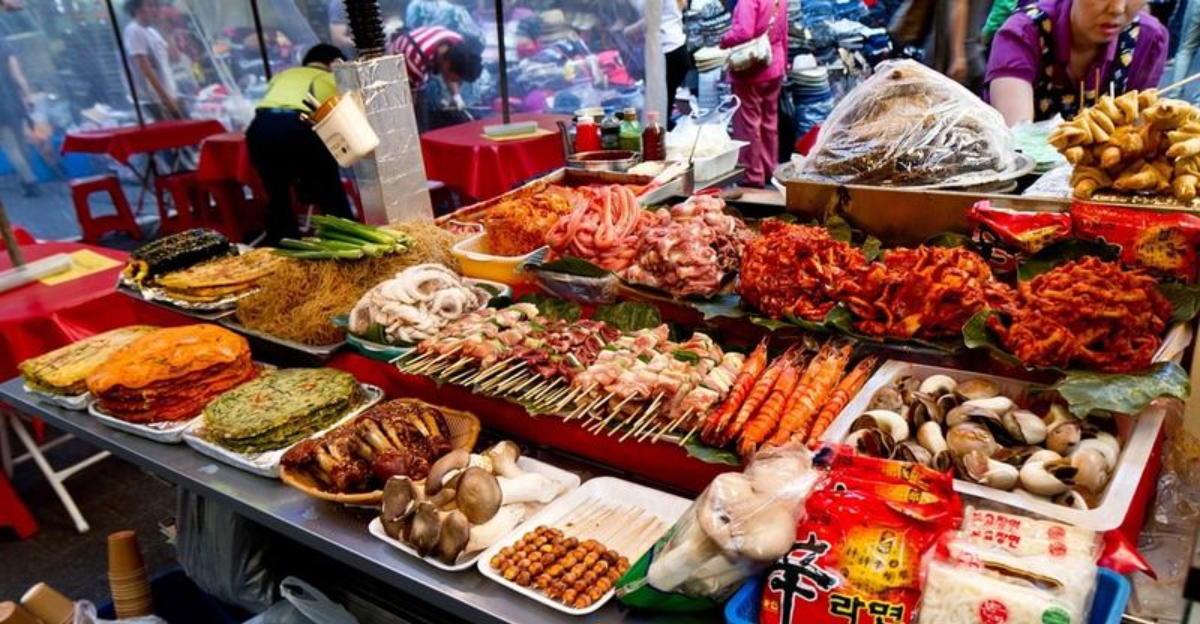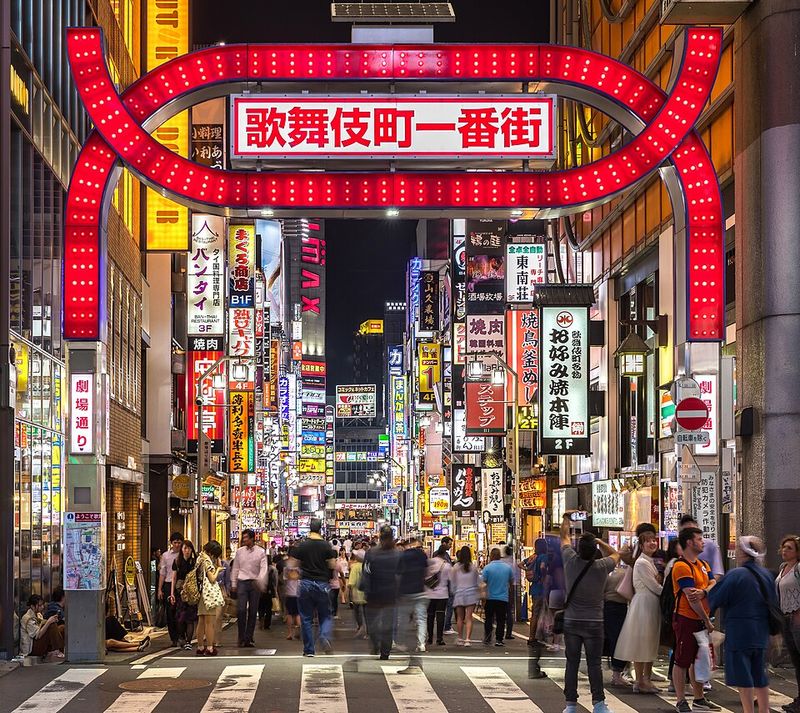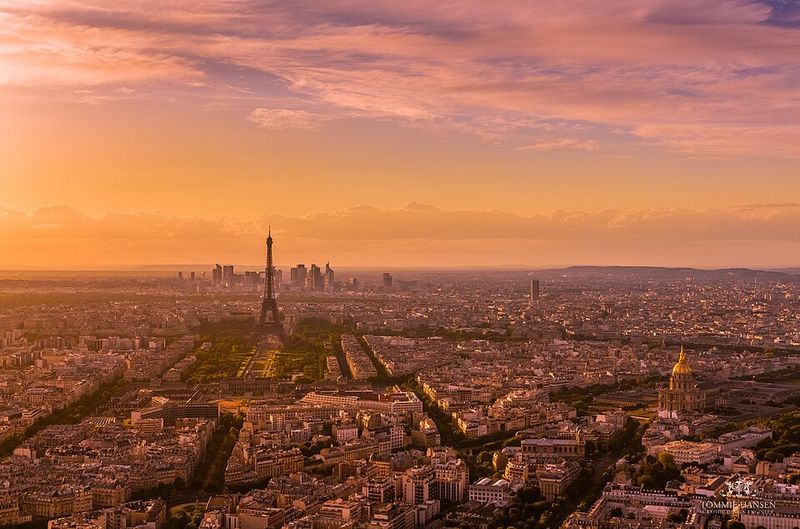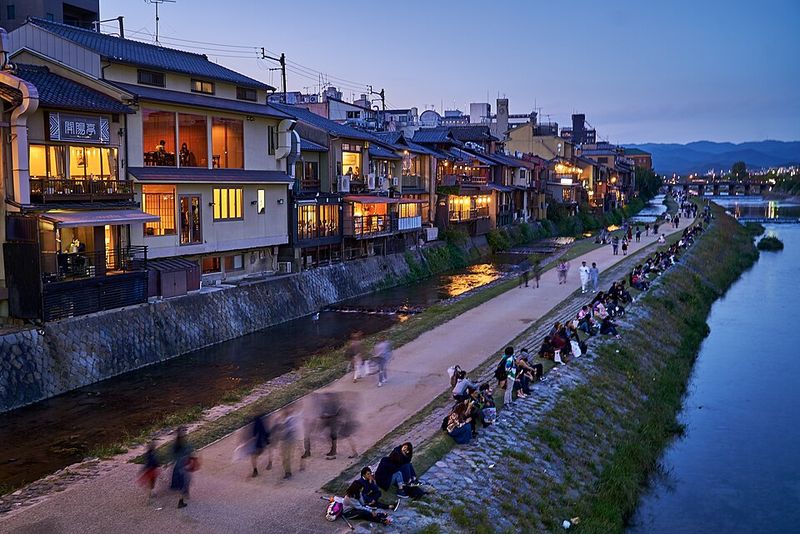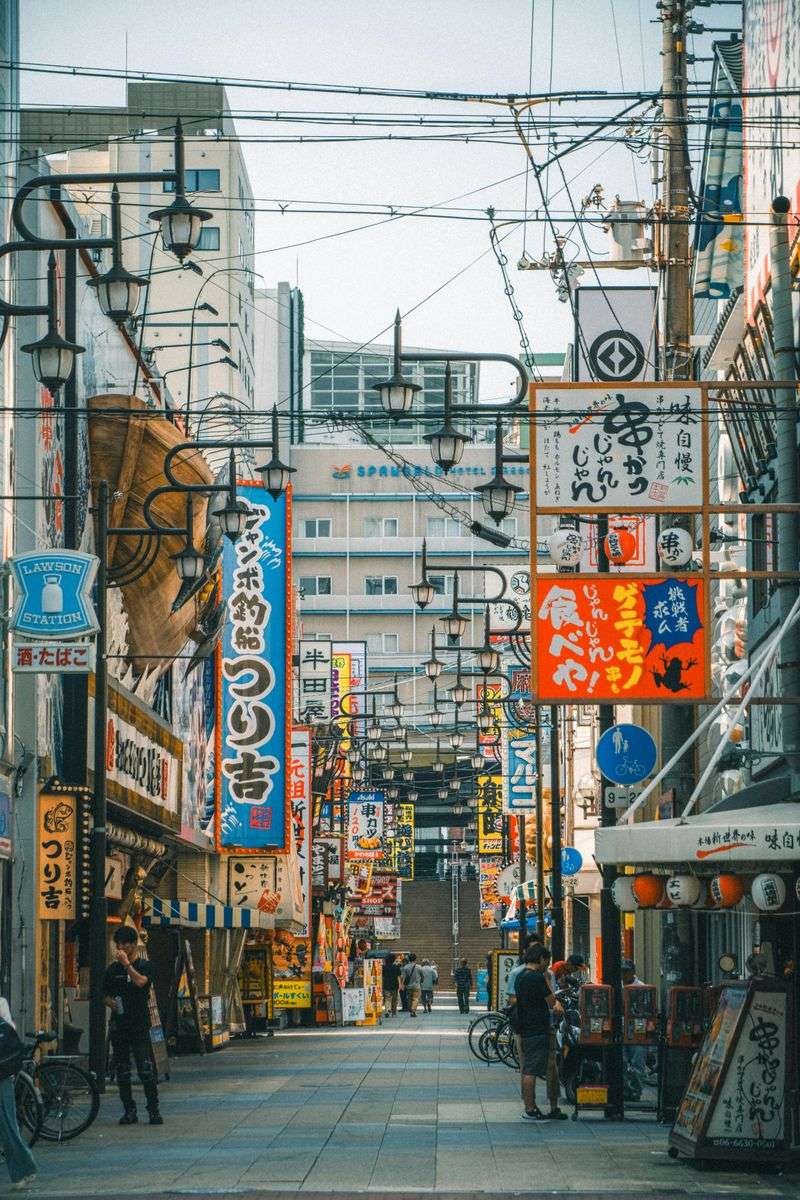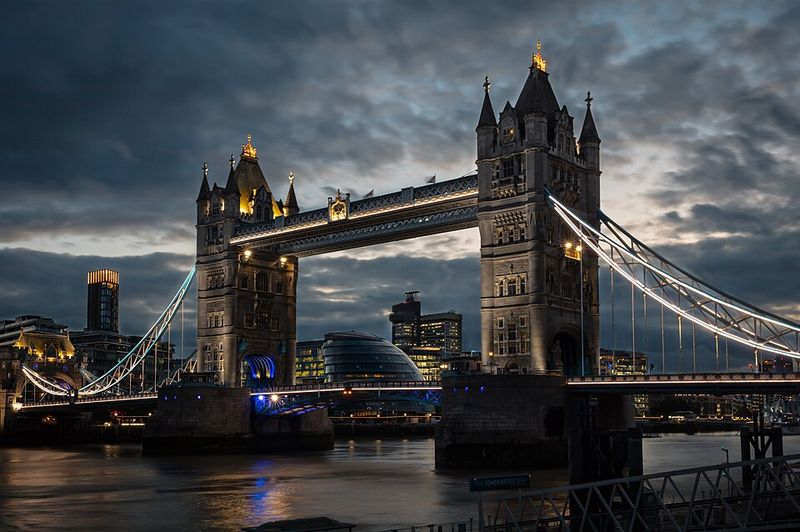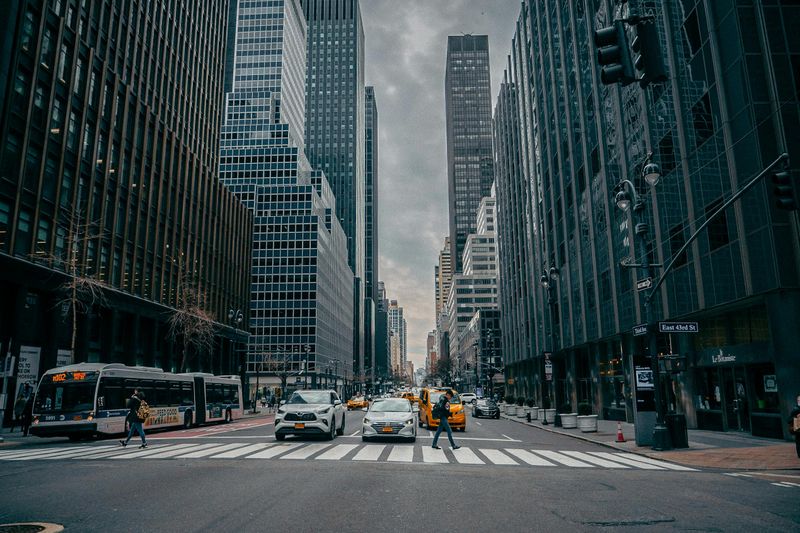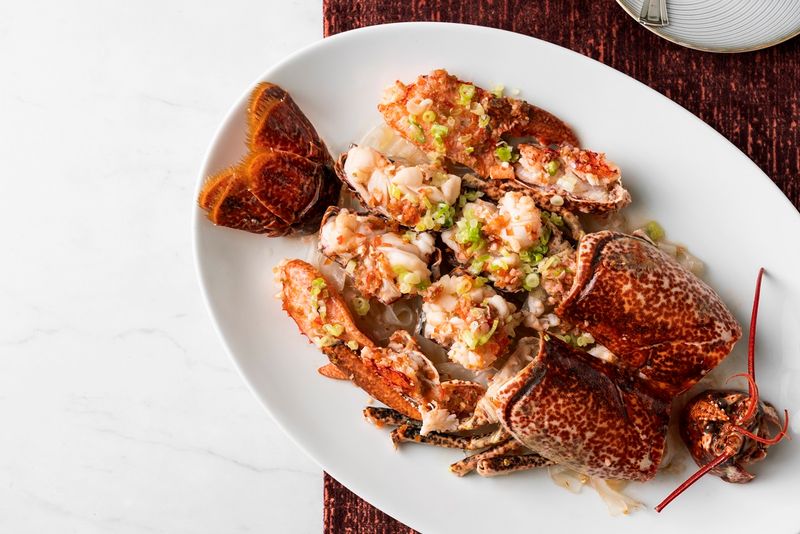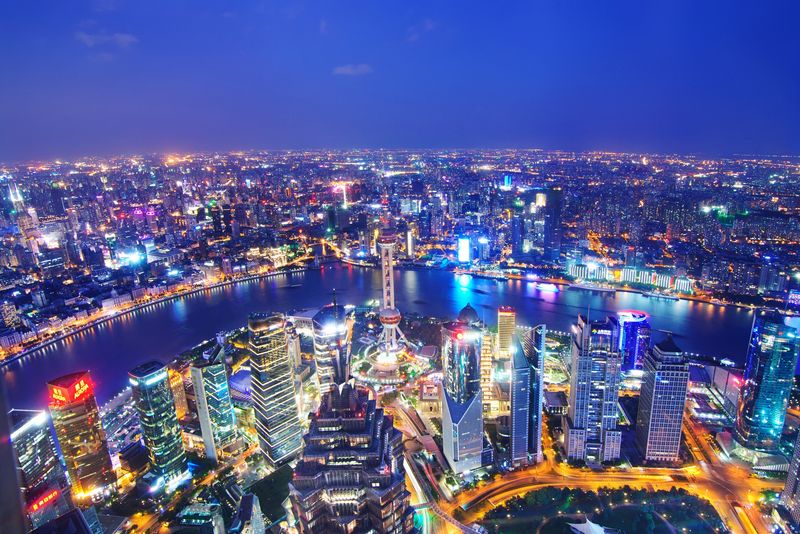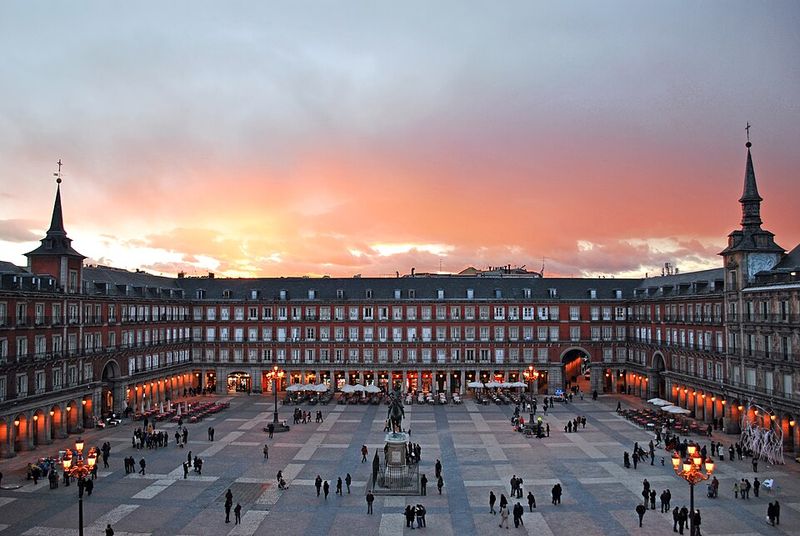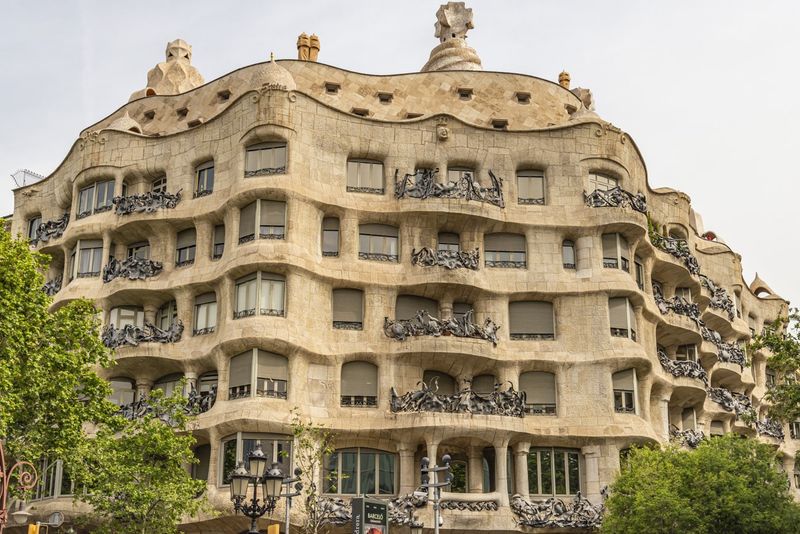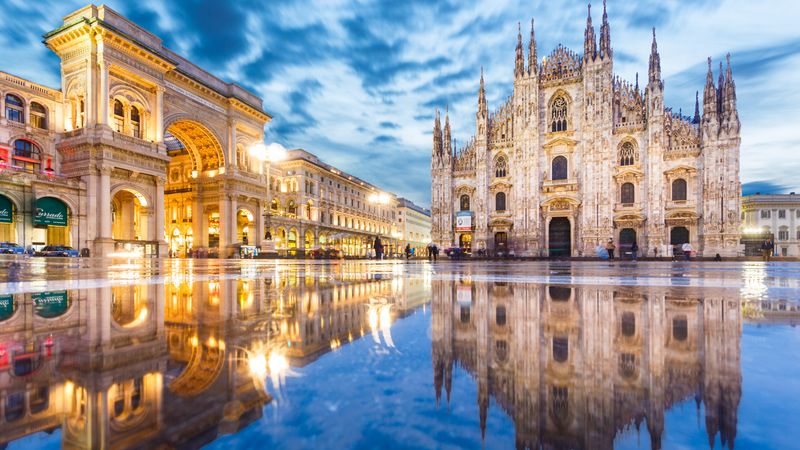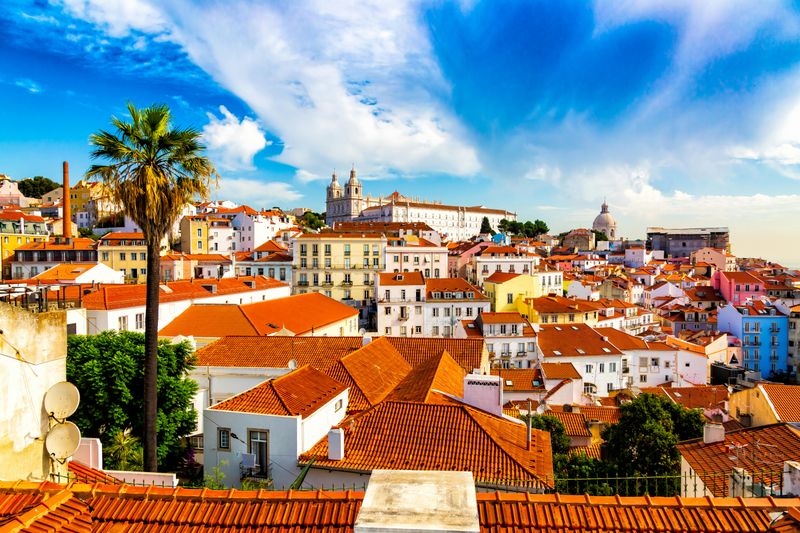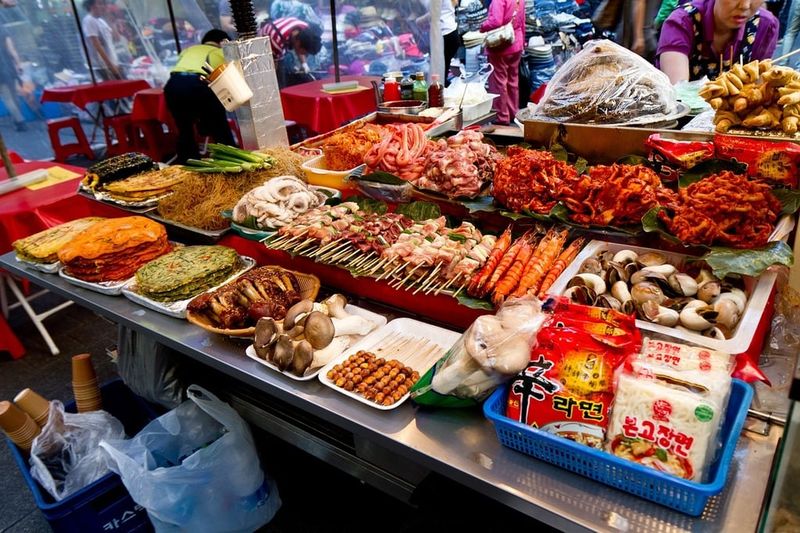When it comes to world-class dining, Michelin stars are the gold standard that separates good restaurants from truly extraordinary ones. Cities around the globe compete for these prestigious culinary badges, which recognize exceptional skill, creativity, and dedication in the kitchen. From bustling Asian capitals to historic European hubs, the following cities have earned their place at the top by collecting the most Michelin stars, offering food lovers unforgettable experiences that range from intimate sushi counters to grand tasting menus.
Tokyo, Japan
No city on Earth claims more Michelin-starred restaurants than Tokyo. With approximately 194 establishments holding stars and a total of around 251 stars, the Japanese capital dominates the fine-dining world in both quantity and variety. You can find everything here—from hidden sushi counters tucked into subway stations to elegant kaiseki houses where every dish tells a seasonal story.
What makes Tokyo special is the obsessive attention to detail. Chefs spend decades perfecting a single technique, whether it’s slicing fish or brewing dashi. The dining culture spans every budget, so even one-star gems remain surprisingly accessible compared to Western counterparts.
For serious food lovers planning a culinary pilgrimage, Tokyo offers unmatched breadth. The fusion of local ingredients, extreme craftsmanship, and innovative French-Japanese hybrids creates a dining landscape that feels both traditional and cutting-edge at once.
Paris, France
Paris practically invented the concept of haute cuisine, so it’s no surprise the city ranks near the top with approximately 123 Michelin-starred restaurants and about 160 total stars. Centuries of culinary tradition meet modern innovation here, creating a dining scene that respects its roots while constantly evolving.
Walking through Parisian neighborhoods, you’ll encounter legendary three-star temples alongside cozy bistros that earned their first star last year. The city’s pastry shops alone could justify a week-long visit, and the café culture between meals adds another delicious layer to your stay.
What sets Paris apart is how food intertwines with culture and history. Dining here isn’t just about the plate—it’s about the room, the service, the wine pairings, and the feeling that you’re participating in something timeless and important.
Kyoto, Japan
Kyoto represents the soul of Japanese culinary tradition, with roughly 100 Michelin-starred restaurants celebrating kaiseki cuisine and seasonal artistry. Unlike Tokyo’s urban energy, Kyoto’s dining scene feels meditative—meals unfold slowly in historic inns and minimalist spaces where every element has meaning.
Chefs here follow the rhythm of nature closely. Spring brings bamboo shoots and cherry blossoms; autumn delivers chestnuts and persimmons. Ingredients come from nearby mountains and rivers, and presentation often mirrors landscape painting techniques passed down through generations.
Visitors seeking a deeper understanding of Japanese gastronomy beyond sushi and ramen will find Kyoto revelatory. The city teaches patience and appreciation for subtlety, where a single piece of grilled fish can become a profound experience when prepared with centuries of knowledge behind it.
Osaka, Japan
Known locally as the nation’s kitchen, Osaka brings approximately 92 Michelin-starred restaurants into a city famous for its street-food culture. The local phrase “kuidaore” translates to “eat until you drop,” and residents take this philosophy seriously, whether they’re grabbing takoyaki from a cart or booking a three-star tasting menu.
This contrast makes Osaka fascinating—you can experience Michelin-level perfection at dinner, then wander through lively alleys sampling okonomiyaki and kushikatsu afterward. The city’s culinary personality is warmer and more playful than Tokyo’s precision or Kyoto’s refinement.
For travelers who want both serious gastronomy and casual fun, Osaka delivers perfectly. The food scene here proves that high standards and approachable joy aren’t opposites—they’re partners in creating a memorable eating experience.
London, United Kingdom
London’s multicultural fabric shows up deliciously in its Michelin scene, with somewhere between 70 and 85 starred restaurants representing far more than traditional French fine dining. You’ll find modern British cooking alongside Asian fusion, vegetarian innovation, Middle Eastern creativity, and global influences that reflect the city’s diversity.
British chefs have shed old stereotypes, embracing local ingredients like Scottish seafood, Welsh lamb, and seasonal English vegetables with newfound pride. Meanwhile, immigrant communities have elevated their cuisines to Michelin recognition, proving that excellence comes in many cultural flavors.
Beyond the stars themselves, London’s casual dining punches above its weight too. The combination of high-end gastronomy and strong neighborhood spots makes this city especially appealing for week-long food adventures where every meal matters.
New York City, USA
With roughly 71 Michelin-starred restaurants, New York City stands as America’s undisputed fine-dining capital. The city’s immigrant history and constant influx of global talent create a restaurant scene that feels like the entire world compressed into five boroughs.
You can find legacy establishments that have held stars for decades alongside brand-new concepts from chefs who arrived last year. Multi-course tasting menus compete with elevated neighborhood spots, and the energy level stays high—New York dining rooms hum with conversation and ambition.
What makes NYC special for food travelers is how dining connects to the broader urban experience. You might catch a Broadway show before your reservation, explore world-class museums between meals, or stumble upon an exceptional slice of pizza at midnight. The city treats food as both art form and everyday necessity.
Hong Kong, China (SAR)
Sitting at the crossroads of East and West, Hong Kong boasts around 70-plus Michelin-starred restaurants that blend Cantonese tradition with international sophistication. The city’s dining culture runs deep—from morning dim sum rituals to late-night seafood feasts, food defines daily life here.
Michelin stars appear in unexpected places: humble noodle shops alongside glamorous hotel restaurants, street-level dumpling spots next to skyscraper tasting rooms. This democratic approach to excellence means you don’t need a huge budget to experience star-quality cooking, though luxury options certainly exist.
For travelers who want culinary excellence mixed with electric urban energy, Hong Kong delivers intensely. The kitchen standards are punishing, the competition fierce, and the result is a dining scene that pushes boundaries while honoring centuries-old techniques.
Singapore
Singapore punches well above its size with approximately 50-plus Michelin-starred restaurants packed into a compact city-state. What began as hawker-center culture has evolved into a sophisticated dining scene that earned the city serious global recognition.
The multi-ethnic foundation—Chinese, Malay, Indian, and colonial influences—creates incredible variety. You might enjoy refined French technique applied to Southeast Asian ingredients at lunch, then discover a hawker stall with a Michelin star serving chicken rice for dinner. This range feels uniquely Singaporean.
Travelers appreciate Singapore’s efficiency and cleanliness alongside its culinary credentials. Everything works smoothly here, from public transit to restaurant reservations, making it an ideal base for food-focused trips. The compact geography means you can hit multiple starred venues in a single day without exhausting yourself.
Shanghai, China
Shanghai’s dining scene has exploded over the past decade, now claiming 50-plus Michelin-starred restaurants that showcase both traditional Chinese refinement and bold modern concepts. As China’s most cosmopolitan city, Shanghai attracts ambitious chefs and serious diners from around the world.
Luxury hotels anchor much of the fine-dining landscape, but independent restaurants are gaining ground quickly. You’ll find elevated takes on regional Chinese cuisines—Cantonese, Sichuanese, Shanghainese—alongside French, Italian, and fusion experiments that push boundaries.
For food travelers interested in Asia’s rising culinary power, Shanghai offers a front-row seat. The energy feels entrepreneurial and optimistic, with new openings constantly reshaping the landscape. Pair your Michelin meals with the city’s historic architecture and vibrant nightlife for a complete experience.
Madrid, Spain
Madrid has quietly become one of Europe’s most exciting food cities, with a growing collection of Michelin stars that celebrate both Spanish tradition and creative innovation. While exact city counts vary, Spain as a country ranks extremely high in Michelin recognition, and the capital claims a significant share.
The dining scene here balances reverence for ingredients—think jamón ibérico, Galician octopus, Manchego cheese—with playful modern techniques. Basque-Spanish fusion appears frequently on menus, and tasting rooms sit comfortably alongside century-old tapas bars.
What makes Madrid appealing beyond the food is the lifestyle package: late dinners at ten o’clock, lively plazas between courses, world-class art museums, and neighborhoods built for walking. The city invites you to slow down and savor everything, not just the meals.
Barcelona, Spain
Barcelona combines Catalan culinary pride with Mediterranean ingredients and modernist creativity, earning multiple Michelin stars across a city already famous for its design and culture. The seaside location means exceptional seafood, while nearby mountains provide game, mushrooms, and seasonal produce.
Catalan cuisine has its own identity—distinct from broader Spanish cooking—with dishes like suquet de peix, escalivada, and pa amb tomàquet forming the foundation. Michelin-starred chefs here build on these traditions while incorporating molecular techniques and global influences.
Travelers love Barcelona because food is just one part of a rich experience. You can tour Gaudí’s architecture before lunch, hit the beach between meals, and explore vibrant neighborhoods after dinner. The city’s style and energy enhance every dining experience.
Milan, Italy
Milan serves as Northern Italy’s culinary capital, with approximately 14 to 19 Michelin-starred restaurants that combine Italian gastronomic tradition with cutting-edge design sensibility. This is where fashion, art, and food intersect most visibly in Italy.
The city’s dining scene favors elegance and refinement—think saffron risotto, osso buco, and panettone elevated to art forms. Milanese chefs respect regional ingredients while embracing innovation, creating menus that feel both rooted and contemporary.
For travelers who want to combine food with fashion and culture, Milan is unbeatable. Spend mornings shopping designer boutiques, afternoons exploring Leonardo da Vinci’s Last Supper, and evenings at Michelin-starred tables where the room design matters almost as much as the plate. Everything here reflects Italy’s commitment to bella figura—making a beautiful impression.
Lisbon, Portugal
Lisbon has emerged as one of Europe’s most exciting food destinations, with a growing number of Michelin-starred restaurants that celebrate Portuguese tradition while embracing contemporary techniques. While Portugal’s overall star count remains modest compared to France or Italy, the quality and value proposition are exceptional.
The city’s dining scene showcases Atlantic seafood, rich stews, custard tarts, and wines from nearby regions. Chefs are rediscovering forgotten ingredients and old recipes, presenting them with modern flair in renovated historic spaces.
What makes Lisbon especially appealing is the combination of high-quality dining in a compact, walkable, affordable European capital. The light, the hills, the tiles, the melancholy fado music—everything enhances the experience. You leave feeling like you discovered something before the crowds arrived.
Seoul, South Korea
Seoul is rapidly climbing the global food-city rankings, now boasting approximately 40 or more Michelin-starred restaurants that blend Korean culinary heritage with boundary-pushing innovation. The city’s dining scene feels urgent and exciting—chefs are eager to prove Korean cuisine deserves the same recognition as French or Japanese cooking.
You’ll find everything from refined royal court cuisine to modern tasting menus that deconstruct kimchi and bibimbap. Street food remains strong too, with markets offering exceptional quality alongside the starred venues.
For adventurous food travelers seeking the next big culinary destination, Seoul delivers authenticity and creativity in equal measure. The city hasn’t been overrun by tourists yet, so experiences feel genuine and prices remain reasonable. Korean hospitality adds warmth to every meal, whether you’re at a Michelin table or a neighborhood barbecue joint.
